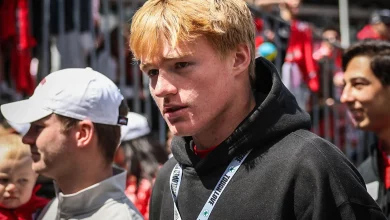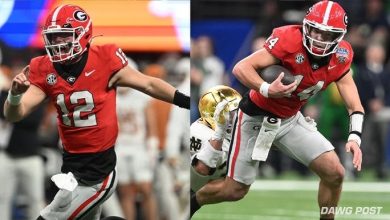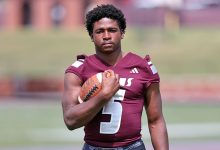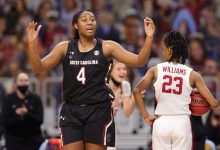Kentucky basketball overcomes NIL compensation cap proposal using a strategic move, showcasing its strength in the NIL landscape.
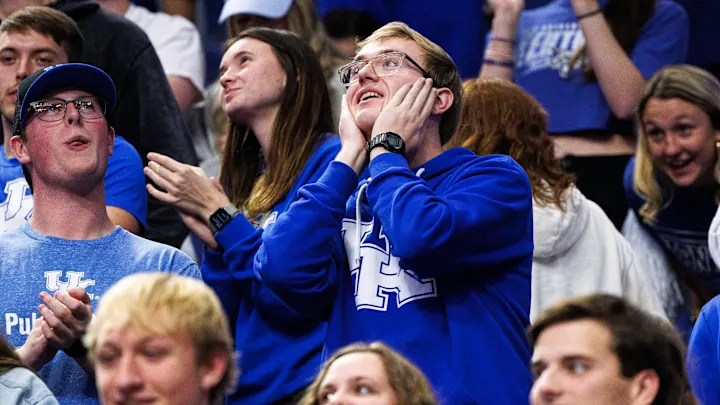
Kentucky basketball overcomes NIL compensation cap proposal using a strategic move, showcasing its strength in the NIL landscape.
The college basketball landscape has been dramatically transformed in recent years by the advent of Name, Image, and Likeness (NIL) rights for student-athletes. For programs like the Kentucky Wildcats, this new era presents both unprecedented opportunities and complex challenges. Most notably, the Wildcats recently faced and overcame a controversial proposal to cap NIL compensation, employing a strategic power play that has not only secured their position but also highlighted their strength and influence within the NIL ecosystem.
This article delves into the context of the NIL compensation cap proposal, Kentucky basketball’s response and strategy, and the broader implications for college basketball and collegiate athletics.
Understanding the NIL Revolution
Before diving into Kentucky’s strategic response, it’s crucial to grasp the significance of NIL rights in college sports. Prior to July 2021, NCAA athletes were prohibited from profiting off their name, image, or likeness. This restriction created an uneven playing field where institutions and coaches benefited financially, but the athletes did not.
With the NCAA’s adoption of interim NIL policies in mid-2021, athletes gained the right to monetize their personal brands. This shift has led to a massive reshaping of college athletics, where athletes can sign endorsement deals, launch businesses, collaborate with brands, and more—all while maintaining collegiate eligibility.
The NIL era has sparked debates around fairness, competitive balance, and athlete compensation structures. One of the most contentious discussions is whether to implement caps on how much athletes can earn through NIL deals, a proposal that has found both advocates and opponents.
The Proposal to Cap NIL Compensation
The idea behind an NIL compensation cap is simple: establish limits on the amount or types of endorsements and payments a college athlete can receive. Proponents argue this approach could help maintain competitive balance, prevent excessive commercialization, and protect younger athletes from exploitation.
However, critics contend that caps would restrict athletes’ earning potential and contradict the spirit of NIL freedoms. Moreover, enforcement of such caps is seen as practically difficult, given the decentralized and varied nature of NIL deals.
In this contentious environment, Kentucky basketball found itself squarely in the middle of the debate.
Kentucky Basketball’s Strategic Position
Kentucky’s basketball program, renowned for its storied history and continuous production of NBA-level talent, naturally attracts high-profile recruits and media attention. With top-tier athletes comes the potential for lucrative NIL deals.
Kentucky has been proactive in embracing the NIL era. The program has partnered with marketing agencies, created NIL education programs for athletes, and fostered relationships with local and national businesses to maximize player opportunities.
This proactive approach gave Kentucky a considerable advantage as discussions about capping NIL compensation gained traction. Instead of viewing the proposal as a threat, Kentucky’s leadership recognized it as a call to action—to cement their influence and protect the freedom their athletes currently enjoy.
The Power Play: Kentucky’s Response
Kentucky’s response to the NIL cap proposal can be characterized as a strategic power play—a combination of advocacy, innovation, and partnership-building that ultimately led to the proposal being shelved or significantly weakened.
Advocacy and Influence
Kentucky’s athletic department, along with influential coaches and alumni, engaged in lobbying efforts at the state and national levels. They articulated the potential downsides of caps on athlete compensation, emphasizing how such limits could hinder recruitment and athlete welfare. By mobilizing supporters and leveraging relationships with legislators and governing bodies, Kentucky helped sway public opinion and policymakers.
Strengthening NIL Infrastructure
Recognizing the importance of giving athletes robust NIL opportunities, Kentucky invested heavily in creating an infrastructure to support its players’ brand development. The program collaborated with marketing firms, legal advisors, and NIL platforms to ensure athletes had access to lucrative deals and professional guidance.
This infrastructure demonstrated that Kentucky was already addressing many concerns raised by NIL critics, making the need for compensation caps less compelling.
Highlighting Competitive Advantage
Kentucky underscored how an NIL compensation cap could disadvantage the program relative to others willing to skirt the rules or operate in less regulated environments. By positioning themselves as leaders in compliance and athlete empowerment, the Wildcats highlighted the risks of imposing artificial limits that could disrupt competitive balance.
Empowering Athletes’ Voices
Kentucky’s athletes themselves played a role in opposing the cap proposal. Prominent players spoke publicly about their desire for NIL freedom, sharing stories about how NIL earnings support their families and futures. This personal perspective helped humanize the issue and strengthen Kentucky’s argument.
Why Kentucky’s Power Play Worked
Several factors contributed to Kentucky’s success in overcoming the NIL compensation cap proposal:
Historical and Cultural Clout: Kentucky basketball’s long-standing prominence in college sports provides significant influence. Their perspectives carry weight among policymakers, media, and fans.
Clear Communication: The Wildcats effectively communicated the risks of NIL caps, particularly how such limits could backfire by pushing athletes toward alternative, less regulated opportunities.
Proactive Athlete Support: By showing that they are already supporting athletes with strong NIL programs, Kentucky diminished the perceived need for regulatory intervention.
Coalition Building: Kentucky partnered with other major programs, athlete advocacy groups, and NIL platforms to form a united front against restrictive compensation caps.
Implications for Kentucky Basketball
Kentucky’s triumph over the NIL cap proposal offers several immediate and long-term benefits:
Enhanced Recruiting: The ability to offer athletes unrestricted NIL opportunities is a powerful recruiting tool. Top recruits are increasingly considering NIL potential alongside coaching and program success.
Player Retention: Athletes may be more likely to stay at Kentucky, knowing their NIL earning potential is maximized, reducing the risk of early transfers motivated by financial considerations.
Program Reputation: Kentucky reinforces its image as a forward-thinking program that prioritizes athlete welfare and empowerment.
Competitive Edge: Freedom from NIL caps preserves Kentucky’s advantage in attracting and retaining elite talent in an increasingly competitive college basketball landscape.
Broader Impact on College Basketball and the NCAA
Kentucky’s strategic maneuver sets a precedent for other programs grappling with NIL regulations. It highlights how programs with strong resources and influence can shape the NIL landscape to their advantage.
More broadly, Kentucky’s success signals to the NCAA and policymakers that regulating NIL compensation through caps may face significant resistance. The complexities of enforcement, combined with athlete empowerment, suggest that the NIL environment will remain largely market-driven for the foreseeable future.
Challenges and the Road Ahead
While Kentucky’s victory is significant, the NIL landscape remains in flux. Programs must continue innovating to support their athletes and navigate evolving rules.
Potential challenges include:
Ensuring Fair Access: Not all programs have Kentucky’s resources. Bridging the gap between blue-blood programs and mid-major schools remains a concern.
Monitoring Compliance: Even without formal caps, ensuring transparency and compliance with NIL deals will be critical to maintain program integrity.
Managing Athlete Expectations: As NIL opportunities grow, managing athlete expectations and financial literacy becomes increasingly important.
Kentucky’s approach serves as a model, but ongoing vigilance and adaptation will be necessary.
Voices from the Wildcats and Beyond
Key figures from Kentucky’s basketball program have spoken out about the NIL landscape:



